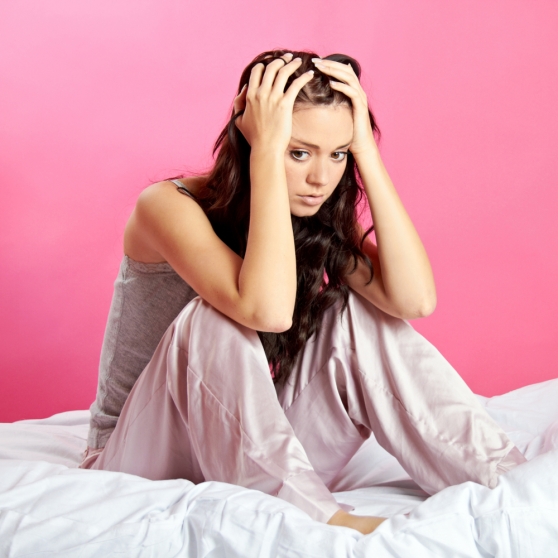Common Myths About Overactive Bladder
Nearly 33 million Americans have OAB, and the real incidence is likely much higher due to unreported cases. While age is a risk factor and women are twice as likely to experience symptoms, OAB is not exclusive to older women. About 1 out of 6 men over the age of 18 are estimated to have OAB.
Reviewed by:
Review Date:
February 20, 2014Citation:
National Kidney and Urologic Disease Information Clearinghouse, “Urinary Incontinence in Women” National Kidney and Urologic Disease Information Clearinghouse, “What I need to know about Bladder Control for Women” National Institute of Aging, “Urinary Incontinence” Journal of the Royal Society of Medicine, “Urinary incontinence among patients with arthritis--a neglected disability.” Mayo Clinic, “Overactive Bladder - Basics” Urology Care Foundation, “Overactive Bladder (OAB)” Duke University Health, “Overactive Bladder and Urinary Tract Infections” Mayo Clinic, “Stress Incontinence” Patient.co.uk, “Overactive Bladder Syndrome” The Journal of Sexual Medicine, “Overactive bladder and women's sexual health: what is the impact?” Healthy Women, “OAB and Sexual Intimacy” Mayo Clinic, “Water: How much should you drink every day?” UrologyHub, "Overactive Bladder Syndrome and Sexual Dysfunction" PubMed, "Overactive bladder is associated with erectile dysfunction and reduced sexual quality of life in men." Mayo Clinic, "Erectile dysfunction" Courtesy of Kurhan | Dreamstime Courtesy of Arnel Manalang | Dreamstime Courtesy of Monkey Business Images | Dreamstime Courtesy of Doreen Salcher | Dreamstime Courtesy of Monkey Business Images | Dreamstime Courtesy of Subbotina | Dreamstime Courtesy of Bjorn Hovdal | Dreamstime Courtesy of Martin Fischer | Dreamstime Courtesy of Tarragona | Dreamstime Courtesy of Signorina | Dreamstime Courtesy of Alexander Raths | Dreamstime Courtesy of Mauricio Jordan De Souza Coelho | Dreamstime
Last Updated:
July 1, 2014
